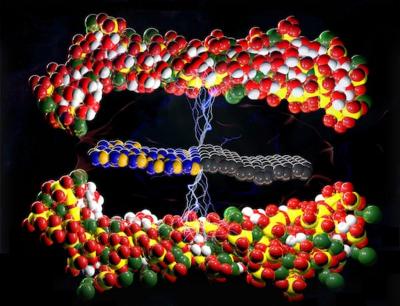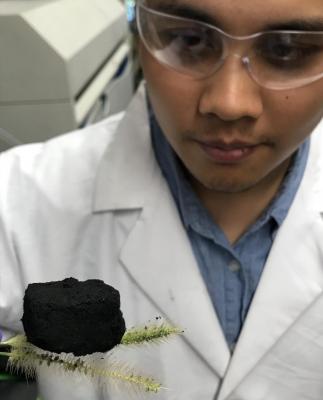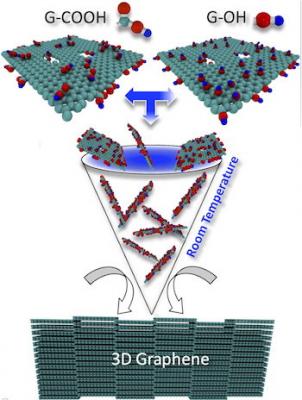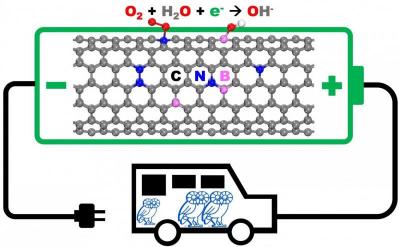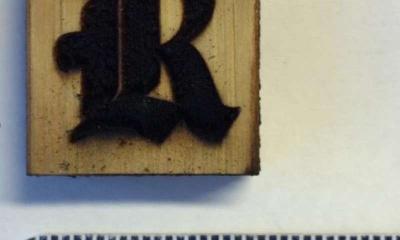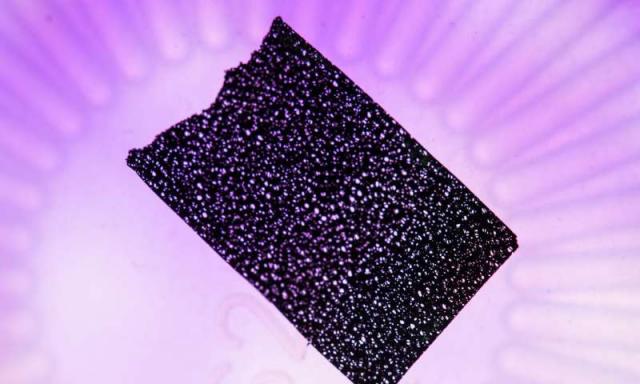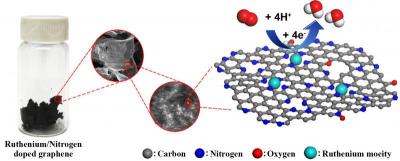Rice University scientists have developed a graphene-based epoxy for electronic applications. Epoxy combined with graphene foam invented in the Rice lab of Prof. James Tour) is reportedly substantially tougher than pure epoxy and far more conductive than other epoxy composites, while retaining the material's low density. It could improve upon epoxies in current use that weaken the material's structure with the addition of conductive fillers.
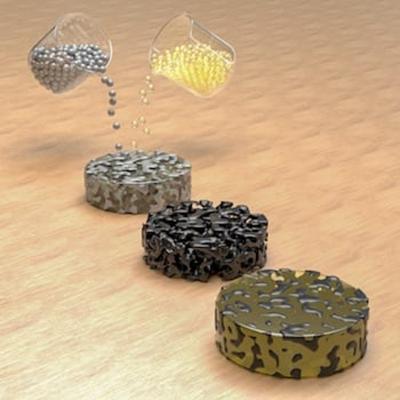
By itself, epoxy is an insulator, and is commonly used in coatings, adhesives, electronics, industrial tooling and structural composites. Metal or carbon fillers are often added for applications where conductivity is desired, like electromagnetic shielding. The trade-off, however, is that more filler brings better conductivity at the cost of weight and compressive strength, and the composite becomes harder to process. The Rice solution replaces metal or carbon powders with a 3D foam made of nanoscale sheets of graphene.
